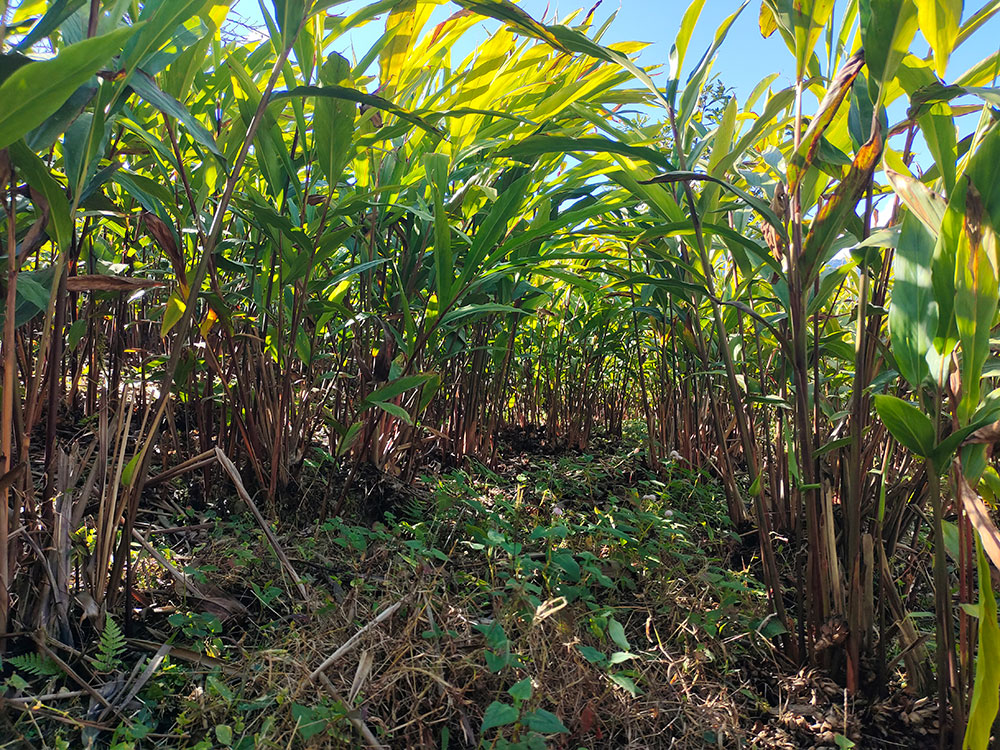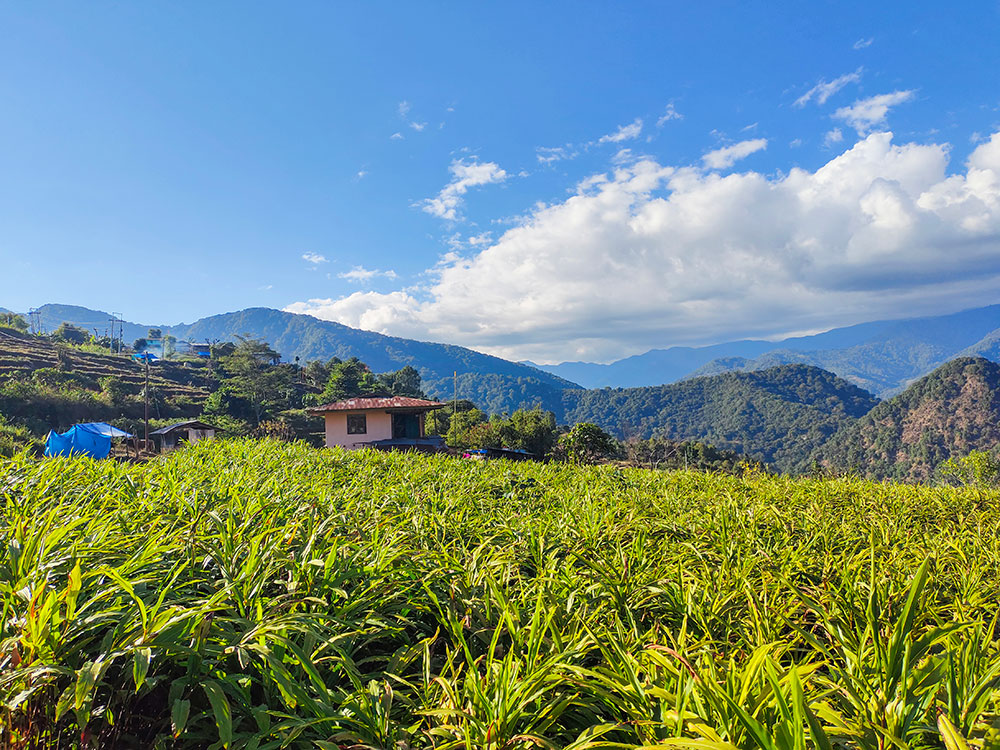Lhakpa Quendren
Sarpang — As cardamom prices in Chhuzom, Sarpang, set a new all-time high between Nu 1,200 to Nu 1,650 a kg, farmers remain optimistic about breaking the price record in the coming months if this trend continues.
Despite the poor yield this year, prices have more than tripled, increasing from Nu 500 in the previous year. Currently, most small-scale farmers have sold their cardamom to local traders, while large-scale farmers are awaiting even higher prices.
This is the highest recorded price for cardamom production in Chhuzom since 2017, which was Nu 750 per kg. Since then, prices have been dropping steadily, sinking to a low of Nu 400 per kg in the previous years.

Over 800 acres of land in Chhuzom gewog is under cardamom cultivation
Nima Dorji Tamang, 58, from Sherubling Chiwog, said that some farmers in his village sold their cardamom at Nu 1,500 per kg, while others were demanding prices between Nu 1,625 and Nu 1,750 per kg. He said that the large-scale farmers expect an even higher price of Nu 1,875 per kg.
The cardamom yielded good production in the previous year, but the highest price was Nu 500 per kg. Water shortages, a lack of rainfall, and snowfall during winter contribute to the low yield of cardamom in Lhayul village.
A 58-year-old resident of Lhayul, Subitra Phuyel produced seven bags of cardamom last year, each bag weighing 40kg, but her production declined to just four bags this year due to snowfall.
“Cultivating cardamom is laborious, but it helps cover expenses for my grandchildren.” She cultivates cardamom on two acres of land.
Another farmer, 41-year-old Khangendra Khandal, expressed hope for better production in the upcoming season. “My production has decreased from 600 kg last year to 320kg this year. Despite the drop in quantity, the income remains the same, as the current price is favourable. The price has now dropped to Nu 1,300 per kg.”
The people of Chhuzom mainly depend on cardamom as their primary income source, with each household cultivating spice on half of their total land. Gewog statistics reveal farmers encroaching on over 470 acres of estate land for cardamom cultivation.
Currently, farmers sell their cardamom to local traders who come to buy directly at their doorsteps. With the upgraded gewog center road and the upcoming Gelephu Mindfulness City project, farmers are expecting marketing opportunities and higher prices for their produce.
“More people will be coming to Gelephu, leading to increased business and opportunities. With easy access to marketing, we will have to focus extensively on livestock and agriculture farming,” said Bal Kumar from Pelrithang in Chhuzom.
Bhutan Trade Statistics for 2015 reveal that over 845 metric tonnes (MT) of cardamom, valued at about Nu 940.85 million, were exported to India and Bangladesh, with a smaller volume being informally traded.
Cardamom is grown in 17 dzongkhags, with the largest cardamom-growing dzongkhags being Samtse, Chhukha, Sarpang, Dagana, Tsirang, and Zhemgang.


